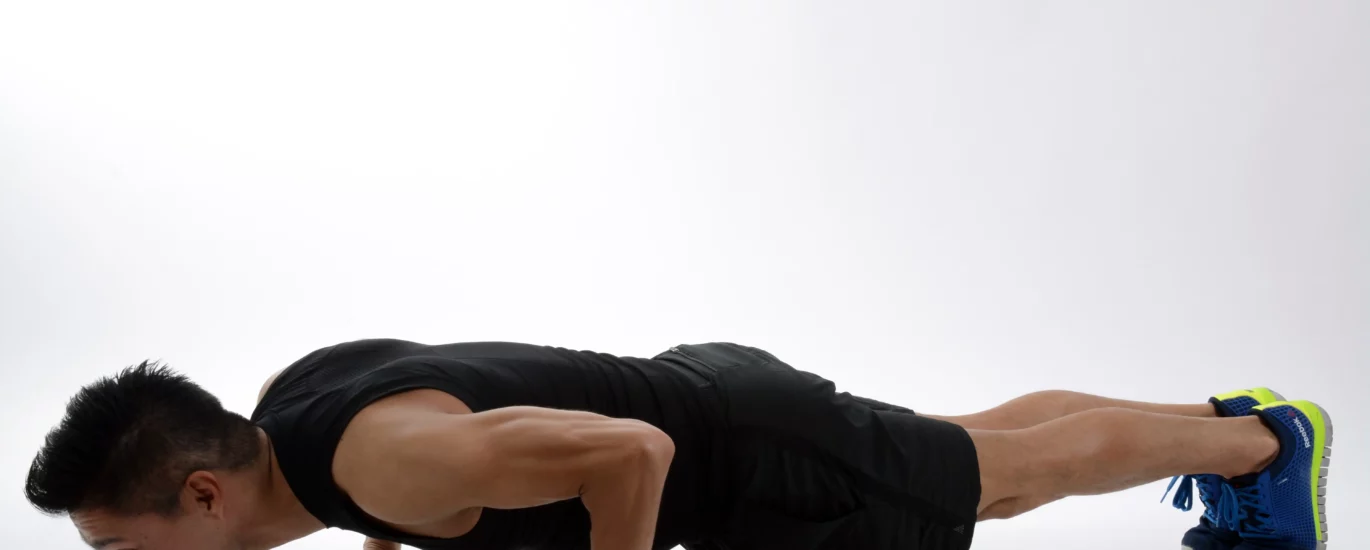


When it comes to fitness and exercise, progress is often the primary goal. We strive to lift heavier weights, run faster, or perform more advanced movements. However, there are times when progressing might not be the best approach. This is where exercise regression comes into play. Exercise regression involves modifying an exercise to make it less demanding, thereby allowing individuals to continue training effectively while reducing the risk of injury or overwhelming their bodies.
Exercise regression is the process of adjusting an exercise’s difficulty level by modifying various aspects such as range of motion, intensity, resistance, or complexity. It allows individuals to adapt exercises to their specific needs, whether they are beginners, recovering from an injury, or simply seeking a less challenging workout. By scaling back exercises, you can ensure a safer and more manageable training experience.
Exercise regression techniques can vary depending on the specific exercise and the individual’s requirements. Some common types of exercise regression include:
By reducing the range of motion, you can make an exercise more accessible. For example, performing partial squats instead of full squats or decreasing the depth of a push-up can help individuals build strength gradually.
Lowering the intensity of an exercise involves reducing the amount of resistance or load. This can be achieved by using lighter weights, resistance bands, or modifying the exercise’s difficulty level, such as performing kneeling push-ups instead of regular push-ups.
When an exercise involves complex movements or coordination, simplifying those movements can make it more manageable. Breaking down a complex exercise into simpler steps or using stability aids like balance boards can aid in regression.
Assistance regression involves providing additional support to perform an exercise. For instance, using a spotter during weightlifting exercises or utilizing a stability ball to assist with balance can help individuals gradually progress.
Exercise regression offers several benefits for individuals of all fitness levels. Some key advantages include:
Exercise regression allows individuals recovering from injuries to continue exercising while avoiding further strain. By modifying exercises to match their abilities, individuals can safely engage in physical activity without exacerbating their condition.
Not everyone is at the same fitness level, and exercise backsliding acknowledges that. By tailoring exercises to individual needs, it ensures a more personalized approach to fitness, promoting progress without compromising safety.
Exercise regression helps beginners establish a solid foundation by starting with simpler movements and gradually progressing to more challenging exercises. This approach fosters proper form, technique, and strength development.
By incorporating exercise backsliding into your training routine, you can sustain a consistent workout regimen. It allows you to adapt to fluctuations in fitness levels, maintain motivation, and prevent burnout.

Implementing exercise regression effectively requires careful consideration and planning. Here are some essential steps to follow:
Before implementing exercise regression, assess the individual’s fitness level, goals, and any limitations or injuries they may have. This evaluation will guide the selection of appropriate regression techniques.
Gradually reduce the intensity or load of the exercise to a level that challenges the individual without compromising their form or safety. This can involve using lighter weights, modifying equipment, or adjusting resistance levels.
Tailor the range of motion to an appropriate level for the individual. This might mean reducing the depth of a squat or the range of motion during a shoulder press to avoid strain or discomfort.
Emphasize proper technique and form to ensure the individual maintains proper alignment and reduces the risk of injury. Provide guidance and feedback during exercises to promote correct execution.
As the individual becomes more comfortable and proficient with the regressed exercises, gradually introduce progressions and challenge them to improve. This helps maintain motivation and continued growth.
To make the most of exercise backsliding, keep the following tips in mind:
While exercise regression can be highly beneficial, it’s important to avoid certain pitfalls. Here are some common mistakes to steer clear of:
Exercise regression and exercise progression are two sides of the same coin. While regression involves modifying exercises to make them easier, progression focuses on advancing exercises to make them more challenging. Both approaches have their place in a well-rounded fitness routine, depending on the people goals, abilities, and circumstances.
People can adopt exercise regression at various fitness levels. Whether you’re a beginner, intermediate, or advanced athlete, regression techniques can be prepared according to your specific needs. By adapting exercises to your current abilities, you can create a sustainable and effective workout routine.
One of the primary applications of exercise regression is injury rehabilitation. When recovering from an injury, individuals often need to modify their exercises to avoid aggravating the affected area. Exercise regression allows them to continue training while providing a safe and controlled environment for healing and recovery.
Integrating exercise regression into your workouts doesn’t have to be complicated. Consider these strategies:
Exercise regression can be applied to various exercises across different fitness domains. Here are a few examples:
To track your progress in exercise regression, consider the following methods:
Exercise regression is often misunderstood or seen as a setback. However, it is important to reframe the perspective and highlight its benefits. Here are some common concerns and misconceptions:
Exercise regression is an essential concept in fitness training that allows individuals of varying fitness levels or limitations to participate safely and effectively. By modifying exercises to accommodate specific needs, exercise regression reduces the risk of injuries, promotes inclusivity, and supports long-term progress. Fitness professionals should incorporate exercise regression into their programming to create a supportive and personalized training experience.
Read Also: Which Hygiene Practice Has Both Social And Health Benefits?
Read Also: What Is The Average Weight For A 13 Year Old?
Q: Is exercise regression good for beginners?
A: Absolutely! It is particularly beneficial for beginners as it allows them to start at an appropriate level and gradually progress.
Q: Can exercise regression be used for weight loss?
A: Yes, it can be effective for weight loss. By engaging in regressed exercises, individuals can maintain consistency and gradually increase intensity, leading to calorie burn and fat loss.
Q: Should I consult a fitness professional before implementing exercise regression?
A: It’s highly recommended to seek guidance from a qualified fitness professional or physical therapist who can assess your needs and help create a personalized exercise regression plan.
Q: Can exercise regression be used during pregnancy?
A: It can be a suitable approach during pregnancy to accommodate the changes in the body. However, it is important to consult with a healthcare provider who can provide specific recommendations.
Q: Is exercise regression only for people with injuries or limitations?
A: No, it is beneficial for people at all fitness levels. It allows for customization, ensuring a safe and effective workout tailored to individual needs.
Q: What is the difference between exercise regression and exercise progression?
A: It involves modifying exercises to make them less challenging, while exercise progression involves increasing the difficulty or intensity of exercises. Both concepts are essential for tailoring workouts to individual needs.
Q: Can exercise regression be used for strength training?
A: Absolutely! It can be applied to strength training exercises to accommodate different fitness levels or when targeting specific muscle groups.
Q: Is exercise regression only for beginners?
A: No, It is not limited to beginners. It can be beneficial for individuals at any fitness level, including those recovering from injuries, experiencing mobility limitations, or looking to focus on proper form.
Q: How can exercise regression help with rehabilitation?
A: It plays a vital role in rehabilitation by allowing individuals to gradually rebuild strength, mobility, and stability. It helps prevent reinjury and supports a safe recovery process.